|
My mission for this blog as morphed and changed and reverted about a hundred different times. Ultimately, my WHY falls on Teaching Sincerely - making sure that every teacher can teach passionately, staying true to their individual, or sincere, purpose. Simultaneously, however, I also mentor a sizable group of AP Language teachers, and I want to offer whatever I can as support. In a marriage of these two desires, I am launching a yearlong blog series: Essentially, I will explain how I Teach AP Language Sincerely, meaning that I will explain my curricular choices and planning, but also how they align to my WHY (or the BIG ROCKS - as I mentioned in my last post). So let’s do it! week 1We start with a four day week - Tuesday to Friday - this year, and as its the first week, we aren’t jumping into much content. I do plan, however, to utilize a new lesson format from Day 1. Here’s what it looks like: It’s a lot of reading and writing, and not so much skill time - definitely a big risk - but if I really think about what I need to see from students, this will provide the practice and individual assessment kids need. It also gives me the additional time to conference on both. That said, Week 1 is a little bit off routine. [Note: This isn’t a format I came up myself. See 180 Days by Kelly Gallagher and Penny Kittle for more information!] One of my BIG ROCKS is making sure students have ownership of their learning, so I wanted to have time to sit down with each students for an individual conversation. To allow this, I plan to put the rest of the class to work on diagnostics for the year while I do these “interviews.” But then - as usual - there was an obstacle. I was told that all of our students would have to do STAR testing right away. After discussing with the other AP Language teacher, we agreed to use this requirement as an opportunity. We simple switched out an AP multiple choice diagnostic for the required assessment. This is an example of adapting to a situation to Teach Sincerely. (As teachers, we spend A LOT of time bending to meet mandates, but that doesn’t mean we sacrifice what we truly care about). Lesson PlansOverview: The class will begin with students interviewing their teacher and establishing classroom routine. The rest of the week is devoted to diagnostics and one-on-one "interviews" with students. Click here for the full lesson plans.
1 Comment
So… I’ve been complaining for the last 33 hours. Maybe not consecutively - because sometimes I sleep or eat - but frequently over the course of that time. Why? It doesn’t really matter, I guess. (Even though it’s very frustrating!). The short version is that I am unhappy with something at my school, and when you boil it down to that, I think many of us have been complaining for our entire career… except when we’re eating and sleeping. The most vocal critics of modern education are those within: teachers, admin, students, etc. Personally, I am constantly battling with myself about whether or not something is worth picking a fight over. After all advocacy is about picking out the BIG ROCKS. As I sit mulling over my own conundrum, I’m picking through a list of questions. A list I hope might be helpful for others. Here we go: Is it something that I’m earnestly excited about? I am a pretty animated person… apparently. I never thought of myself that way until my department chair told me that she watches me during department meetings just to see my facial reactions. That said, I can usually tell pretty quickly if I am excited about something. A 10 minutes chat with a colleague or mini blow up to my significant other usually cements what I am excited about, and I use that as a guide in determining it something is worth advocating for. Will I lose sleep if I do nothing? This question makes it pretty easy to decide if I need to fight for something. Mostly because I love to sleep. Like, given the opportunity I have taken three naps in a single day. As soon as I sit up restlessly trying to sleep, I know that something is weighing on my heart. Those moments very quickly tell me I have to take a stand. Who is suffering? This is an important question in determining where you place your energies. If I’m the one suffering, then I need to assess what I can do on my own to fix the problem. If my friends are suffering, I need to determine the extent of people affected. If students are suffering, then I need to figure out if it’s just my kids (and therefore, probably my fault) or if kids on a larger scale are being equally affected. These distinctions are important in picking which mantel you’ll pick up. Who can I recruit? This question is maybe a bit selfish. If I intend to take on any battles for the greater good, I better have a team behind me. Frankly, I cannot do these things alone, nor should I. Change is built on advocacy and collaboration. If I am alone in my fight, it might not be the battle worth fighting. Advocacy is an essential part of Teaching Sincerely as those BIG ROCKS need to be defended and preserved, but we can’t go around taking up every cause that we think matters. The fight would be endless and exhausting. Start with the BIG ROCKS and fight fiercely. I have been trained in AVID strategies, Project Based Learning, by the College Board, by NMSI, by Kevin Feldman. On 21st Century Learning, on the Four C’s, on MTSS.
Independently - this summer alone - I’ve read four professional books, viewed the #HiveSummit seminars, participated in multiple Twitter chats, and blogged about my own learning. It might be time to sign up for PDA. (No. Not the awkward kind we all try to ignore in the hallways.) Rather, Professional Development Anonymous. You know, recovery meetings for those of us who dive a little too deep into the world of professional learning. As a vice, it isn’t necessarily a bad one. I have loved (almost) every minute of my professional learning. The comedown of it, however, is starting to sully the high. Let me paint a little picture of my summer professional reading binge... June: After reading A Novel Approach by Kate Roberts, I decide to use her format of the full class novel, then book clubs, with awesome post-it annotation throughout! Yay! July: After reading Teach Like a Pirate by Dave Burgess, I decide that I need to make sure every single lesson is a winner - more action, more movement, more panache. Yay! August: After reading Be REAL by Tara Martin, I decide that I need more time for one-on-one, or REAL Talk, with kids, so I find ways to put in more talk time. Yay! Also August: I start reading 180 Days by Kelly Gallagher and Penny Kittle, and I decide to implement daily writing on top of my daily reading. Yay! Now: It’s less than two weeks out from Day 1, and as you might expect, my practice is being pulled in every which direction. I’m rewriting my lesson maps every day and frantically texting my AP Lang co-teacher to see if she’s on board to my radical changes. (Fortunately, she expects it from me….#teachersquad). And the worst of it is that on top of all these great new “must trys,” I also have standards and PLC collaboration and building initiatives that need to fit in somewhere too. It’s exhausting. And it burns teachers out. However… It doesn’t have to….. I hope. As I tend to do, I forgot my own advice: Teaching has always been a juggling act, but when we really think about all the directions we get pulled in, nothing is more important than staying true to what you value as a teacher. In other words, while I want to try every single idea I starred, underlined, or highlighted, I have to align every one of them to what I care about most - what I am most sincere about. That’s what Teaching Sincerely means. A Sincere Teacher is always looking to learn and grow, but they are also flexible enough to adapt to obstacles and find the potential in the dissonance that educational discourse can create. It's shamefully simple, really. A teacher just has to take time to reflect on what they are most passionate about, their “Why” as Tara Martin puts it in Be REAL. For me, it is teaching sincerely or authentically, so that I am always passionate about what is happening in my room and students are drawn in to that enthusiasm. For me, that means… ...kids need to read and write to discover what they are passionate about and to learn that their individual voice brings something completely unique to this world. ...kids deserve authentic and meaningful educational experiences that prepare them for life in all its forms. ...I need to be able to take risks and adapt to my kids, even if it doesn’t fit the “Year at a Glance.” ...I need to be the best version of myself as a teacher. Every day. These are all part of my Why. I will not sacrifice these things for any mandate or initiative. These are my BIG ROCKS. Once you know those priorities - or your own big rocks - all the new tricks, initiatives, and mandates can fill in like sand. So while there will always be a steady stream of great ideas and new approaches and amazing insights, a teacher who knows their BIG ROCKS can fight off the burnout of PD overload and embrace what they Sincerely care about. Consider: Are you Teaching Sincerely? Do you know your BIG ROCKS? Comment below with what makes up your big rocks. In June, I excitedly announced to my #teachersquad that I had my first semester planned out, and that I loved every lesson in it! They laughed. Not because I was geeking out about curriculum -- they’re used to that. No, they were laughing because they know me well enough to know that any master calendar is going to go through complete rewrites daily. And they were right. And it did. The placement on a calendar has always been a challenge. I need to add a re-teaching lesson or plan for a sub or adapt for pep rallies and other interruptions and the calendar becomes a mess of copying and pasting. As I was reading 180 Days by Penny Kittle and Kelly Gallagher this morning, I was rethinking how I could increase the diversity of the writing my kids do on a daily basis. After picking through the units I had designed, I came to a three part lesson design that I wanted to replicate throughout the year. This, then, grew into my new lesson planning tool: A Lesson Map. This lesson map is an extension of the concept map I posted about recently, with content broken into units. The solution here lies in the format. Using this model, I can easily add lesson or entire units wherever needed. At the same time, I can still simply copy and paste them into my weekly lesson plans. So, today, I just want to share it. Here is an excerpt from my own lesson map, and here is a link to the free resource! Hope it helps! I am no fool for free trials. I set myself a phone reminder to know when to cancel them. I utilize them exactly when needed. I manipulate the system like a Coupon Queens manipulates their local grocery store. But this one got me. Early this summer, I was contracted to design some curriculum for NMSI, the National Math and Science Initiative. One aspect of their design process is a concept map and the suggested tool was LucidChart, a web-based service for flowcharts, organizational structures, and collaboration. Unfortunately, I quickly learned that I had too many ideas (and bubbles) for the free version, so begrudgingly, I started the free trial, telling myself I’d cancel in a week. Well, I forgot. And therefore, I needed to get my money’s worth. Hence, my quest to concept map just about everything in my life that might need mapping, starting with the most obvious: my preps for this coming school year. Below is my concept map for AP Language and Composition (and further below, is a little explanation). Semester 1: Skill Overview The entire first semester is spent introducing students to the skills for their exam and then, practicing those skills. Unit 1 - Critical Reading This unit kills two birds: introduces students to AP Lang multiple choice and transitions students into rhetorical analysis. Students practice annotation, reading with purpose, and identifying author’s purpose and strategies. Unit 2 - Writing Survey The survey takes students through each of the Free Response Questions. Each subunit includes a pre-assessment, modeling, collaborative practice, and then assessment. Unit 3 - Writing Circles As a review of the writing survey, students will write and revise in small groups. At the end of the unit, they will choose one of their essays which they believe has the potential to be a “Perfect 9.” Then they will revise as many times as they can until the final exam. The final paper serves as their final exam score. Semester 2: Further Practice The second semester of the course is meant to spiral through the skills developed in the first semester. Unit 4 - Thematic Emulation Unit Based on student interest or need, the teacher will take students through a series of text emulations, studying the rhetoric and style of the mentor text before mimicking the same in a new product. Ultimately, students will all write essays demonstrating their own voice and style. Unit 5 - Argumentation Combining what students learned about synthesis and argumentative writing, students will engage in partner debates. Prior to these debates, students will create original synthesis prompts by researching a topic and providing diverse sources. Using this as a starting resource, students will then debate the resolution in pairs. Unit 6 - Workshop Again, the class will review the three styles of writing for the Free Response Question. Using essays from their mock exam, students will study their strengths and weaknesses to determine what they need to remember on test day. They will compile this self-assessment in a portfolio with a final essay, a revised version of their diagnostic essay from Week 1. Unit 7 - Introduction to Literary Analysis As a bridge between AP Language and AP Literature, the teacher will introduce students to literary analysis. Because of the time constraints, the unit will utilize read aloud and discussion to work through based literary analysis.
Consider: How can you use concept mapping to structure your preps this year? sincerely, cwikOne of the reasons I started blogging was because I sincerely love helping other teachers. If I could spend my days talking through curriculum and bouncing ideas off of other teachers, I would be in heaven. Really. That’s why I love days like today. My alma mater contacted me about being a mentor at their New Teacher Academy, and I jumped at it. I honestly love most professional development, but being able to be around new teachers is exciting. They’re so passionate and fired up that it is contagious. Talking through their classroom management plans and first day lessons, I kept spinning through all the missteps of my first year. I fell into the classic “coulda-woulda-shoulda” situation. So here’s the “shoulda.” What I Wish i would have known...
And that’s the highlights. The list could be endless if I were to dig into the many mistakes of my first year, but after spending the day with new teachers, these are the ones resonating. These are the ones I want to scream from my own soapbox. And here I am. The following letter is part of my activity for the first day of school. Basically, it is a cover letter (which I pair with my actual resume) for my own teaching position. Read on for how to integrate this lesson into your first week! If you are anything like me, you AGONIZE over the first days of school. I scroll through Pinterest, evaluate my own past lessons, ask my colleagues, and creep on Twitter just to find something that checks all my boxes. This year, however, I think I have a plan! While in Texas for more training, my BTFF (Best Teacher Friend Forever) and I were pouring over what we wanted the first week to look like. We have a shared goal this year of focusing on meaningful relationships upfrontn the past, we have built trust and respect with our kids, but it has been a long (difficult, at times) process with such a challenging class. This year, we want to start earning that trust Day 1. Usually, that trust has come via a lot of transparency: modeling activities which force us to vulnerably demonstrate making mistakes, connecting everything to real life work or college, and general dorkiness throughout the year. This year, we came to a revelation about placing that transparency at the beginning of the year. What is more transparent than allowing the kids to interview us? So on the first day of school, the kids will be given my resume, this cover letter, and our district's banks of general interview questions. From that, they will have 10 minutes to revise or replace those questions with their own. [Note: Our instructional coach is going to step in to cover for us here or we plan to swap rooms. This keeps the questions authentic and spontaneous.] Then, the scary part. The kids get to ask their questions, and we're going to answer them honestly. I am so anxious about the whole thing that I have been practicing my responses to hypothetical questions in the car or shower. After, we are going to ask students to come up with their own "academic resumes." Instead of jobs, they will list the grades they have completed with skills learned in each. The rest of the week, then, we will interview them individually while students complete their diagnostic assessment. And that's the plan! It is scary and awesome and focused. It is also very REAL (something I am reading about in Tara Martin's Be Real: Educate from the Heart). I know I am nervous about the interview portion, but those nerves tell me I'm moving in the right direction. It is easy to throw a diagnostic at them on day one or play some ice breaker games. True vulnerability (and therefore, taking risks) should make you nervous. Passionate teaching requires a whole lot of healthy anxiety. Contact me for the academic resume template or the student interview questions! Or if you just wanna hear how it goes, check my Twitter on Aug. 28. (Maybe the 29th. First Day Cwik usually falls asleep the second she gets home). |
Archives
February 2024
AuthorSteph Cwikla has been a teacher since 2012, focusing on ELA curriculum. Now, she also works as an instructional coach, helping other teachers improve engagement and instruction. |
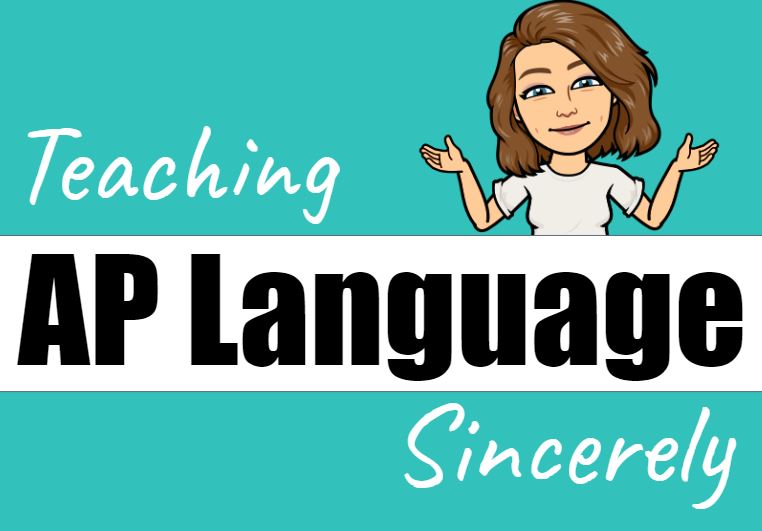
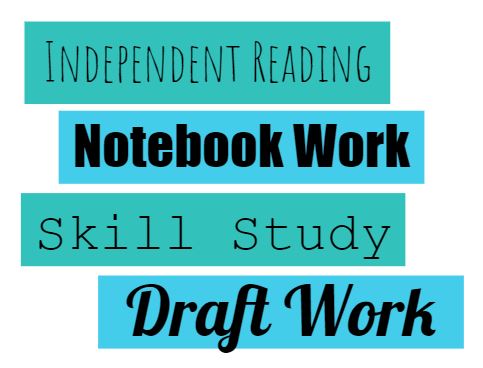

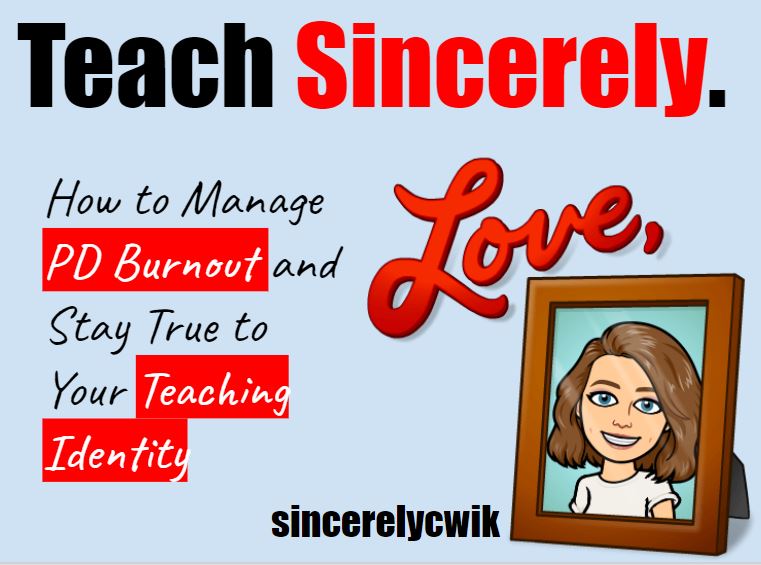
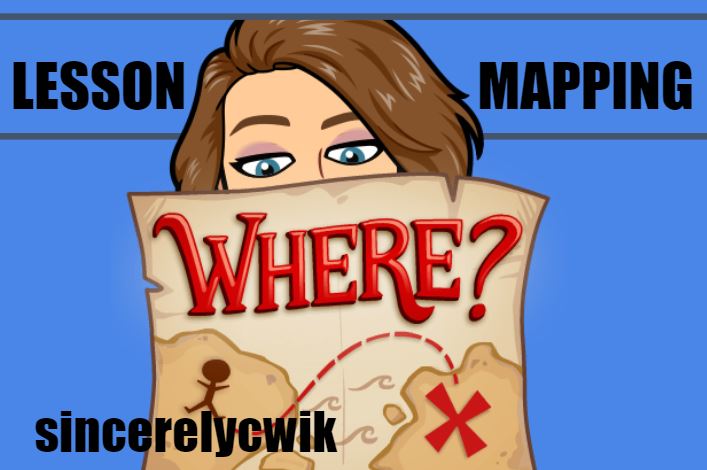
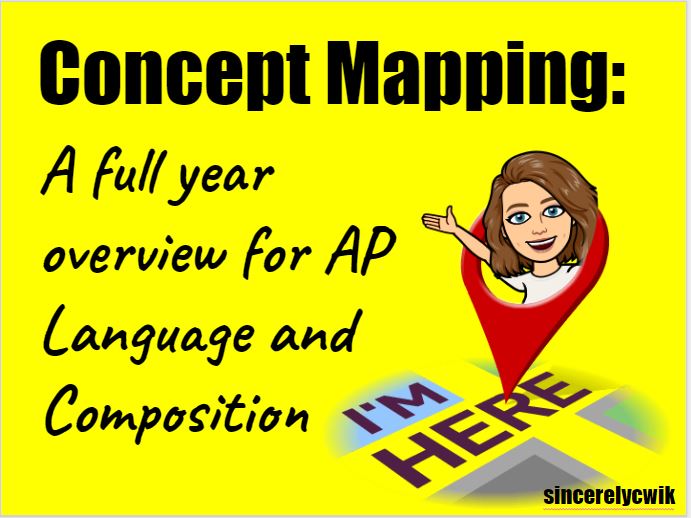
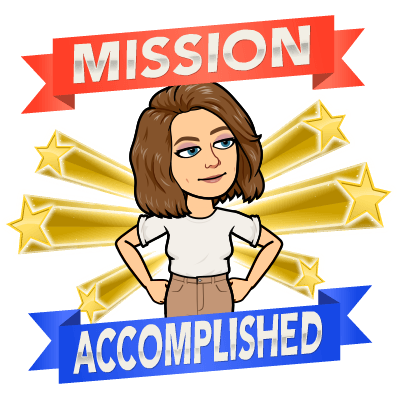
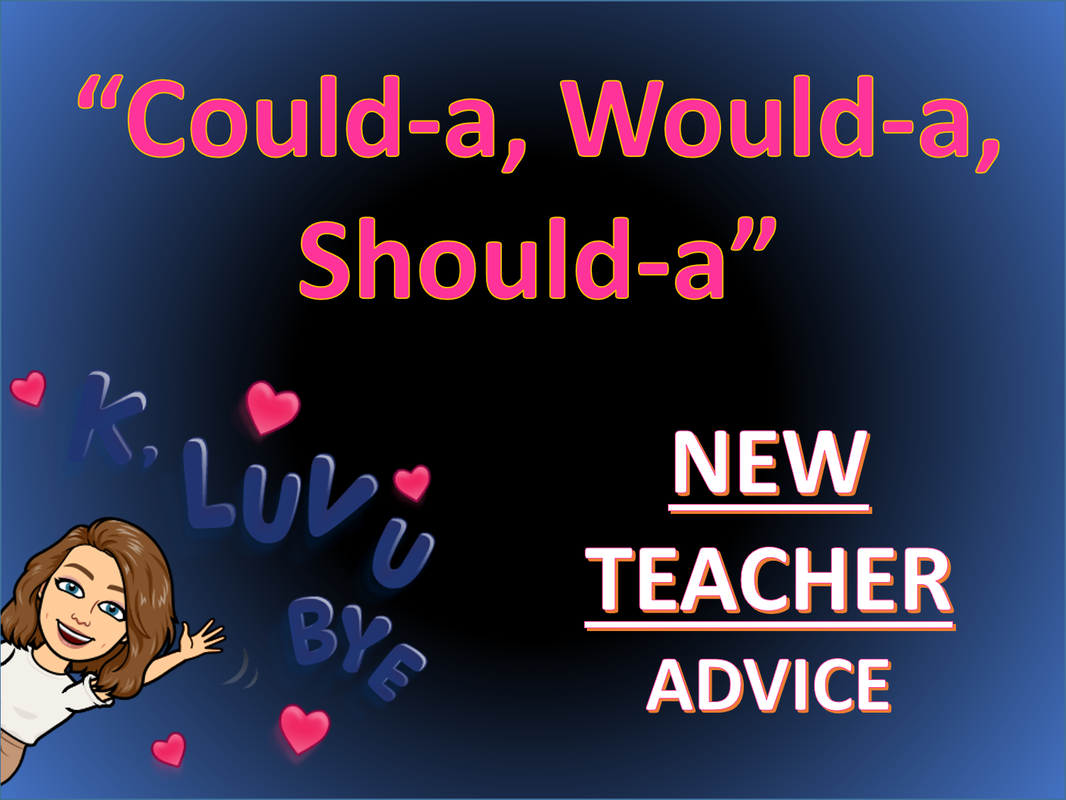
 RSS Feed
RSS Feed